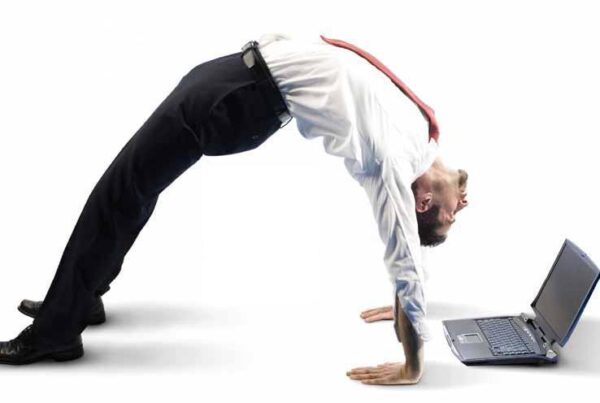by Rebecca Lingerfelt, DPT

If you close your eyes and stand on one leg or stand on a soft surface, how do you still know if you are standing up straight and that you won’t fall down? Your inner ear! Deep inside your ear, you have these small membranes with fluid in them that act a lot like the levels you find at the hardware store. Based on which direction you move, this fluid moves within the membrane and you translate that as, “Yes, I’m moving THAT direction.” All the different parts together can tell you if you are turning your head to the side or up or down, rising up like in an elevator, moving forward or backward, and making sure our eyes move the way they should when our head moves a certain direction. These organs are so tiny and so important, but unfortunately, things can go wrong sometimes.
One of the most common disorders is vertigo (please read our earlier blog by Dr. Evelyn Ullman). Other disorders of the vestibular system include one- or two-sided loss (you have one in each ear and need both to function) caused by nerve damage, hearing loss (a specific hearing loss and not just being hard of hearing as you age), a disruption in the fluid in the membranes, trauma, and ototoxic drugs (medications that can be damaging to the ears). When you experience this loss, there is a mismatch between where you are in space based on what you correctly see and what you incorrectly feel inside your head. There can be a significant feeling of dizziness or unsteadiness, difficulty walking, blurred vision with head movements, limited neck movement, difficulty controlling eye movements, ringing in the ears, headaches, nausea/vomiting, or feeling like you’re on a boat when on solid ground.
Some physical therapists are qualified to assess the vestibular system dysfunctions and can assist with return to function and improving your balance. The number one goal in these situations is adaptation and habituation to the dysfunctional or absent input from each ear’s vestibular system. Adaptation can improve the reflexes of eye movements, reduce symptoms of dizziness or unsteadiness through specific movements, reconcile the visual and vestibular input to know when you are balanced, and prepare a person to fully function in a variety of environments or conditions. Research by Brown KE et al in Laryngology shows that with an individualized physical therapy program, there was a significant improvement in symptoms and function although an unchanging risk for falling. There are many techniques involving eye and head movements that a physical therapist can use to treat vestibular balance issues and patients can usually see improvements after just a few visits. If you’ve been having inner ear problems, give us a call for vestibular rehabilitation.
Dr. Lingerfelt is a Physical Therapist at Boston Sports Medicine



